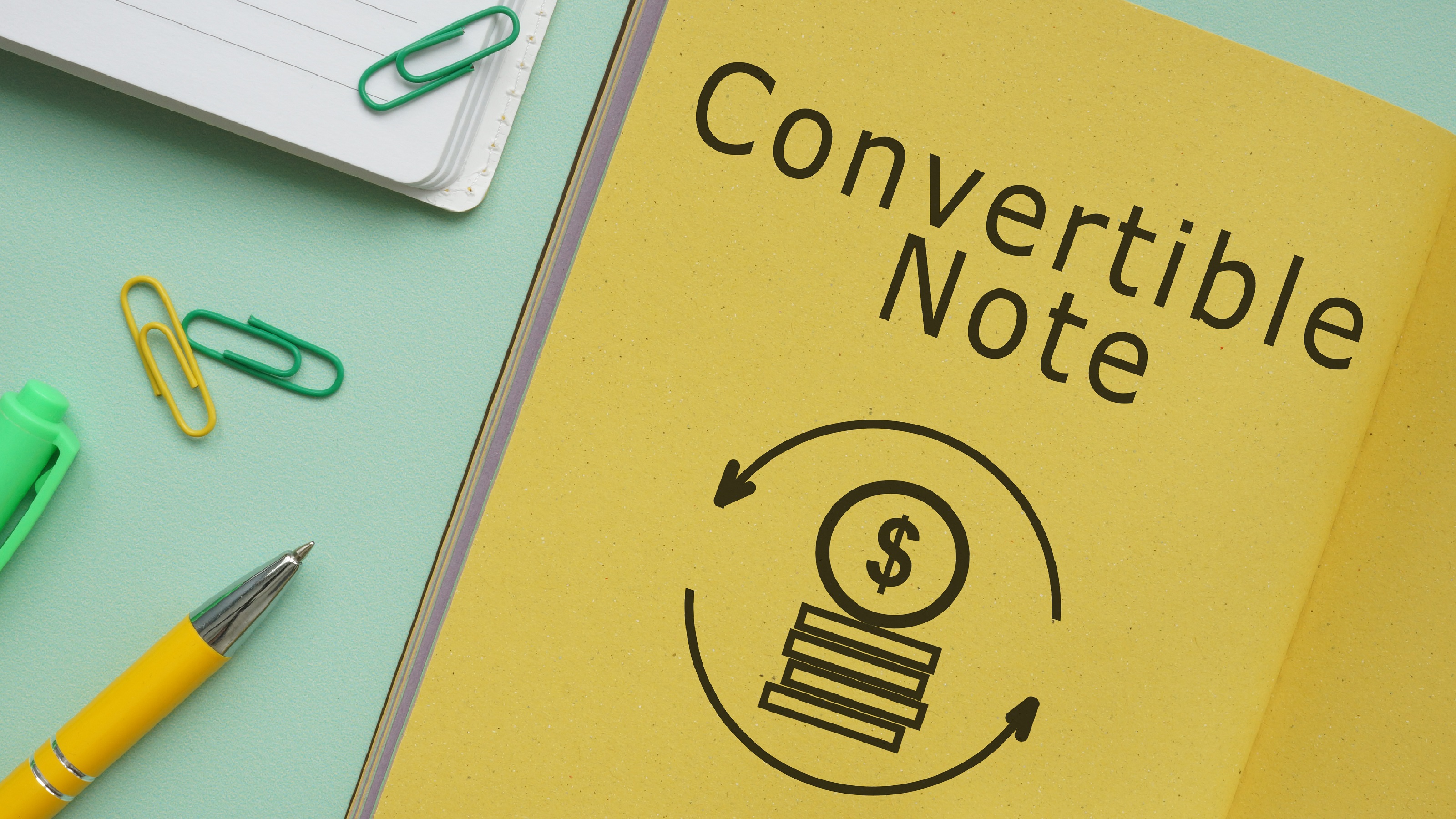Q1 Post-Mortem: The Market Shifts You Don't Want to Ignore
As the second quarter gets underway, here are some takeaways from the market's first-quarter performance to consider as you make your investment decisions.


April Fools' Day may have kicked off the second quarter, but the financial markets were dead serious in the first quarter.
For savvy investors — those with a solid portfolio foundation but still navigating the twists of a changing economy — the first three months of 2025 delivered a wake-up call.
From steep stock losses to a gold rush not seen in decades, generational shifts unfolded that demand attention, whether you’re a senior executive, managing a 401(k) or running the corner drugstore.

Sign up for Kiplinger’s Free E-Newsletters
Profit and prosper with the best of expert advice on investing, taxes, retirement, personal finance and more - straight to your e-mail.
Profit and prosper with the best of expert advice - straight to your e-mail.
Here’s what happened and what it means for your money as the second quarter gets underway.
A rough ride for U.S. stocks
The S&P 500 and Nasdaq took a bruising, posting their steepest quarterly losses in over three years. Technically speaking, the S&P slipped below its 200-day moving average, sometimes viewed as a bearish signal, which it didn’t flash all of last year.
The culprits? Look no further than the Magnificent 7 tech giants, whose stumbles accounted for nearly all of the S&P’s drop. Meanwhile, the broader U.S. market showed surprising resilience, with average stocks outpacing the large-cap growth darlings that have dominated headlines.
Takeaway: Diversification matters more than ever. If your portfolio leans heavily on tech heavyweights, Q1’s volatility is a nudge to rebalance toward broader exposure, including smaller cap and value stocks that held up better.
The global stage steals the show
While U.S. markets faltered, international and emerging markets were bright, outperforming domestic indexes to a degree not seen since 1988.
Gold, too, staged a historic rally, surging past $3,000 an ounce for its strongest quarter in nearly 40 years and a record high that sent gold miners soaring.
U.S. bonds eked out modest gains, but not enough to offset stock losses, while cryptocurrencies mirrored tech’s roller-coaster ride more than anything else.
Takeaway: Don’t sleep on global opportunities. Adding emerging market stocks or a small allocation to gold could hedge against U.S.-centric risks, especially with recession whispers growing louder.
Recession risks and stagflation shadows
Speaking of whispers, Goldman Sachs reduced growth forecasts while hiking inflation projections, a combo eerily reminiscent of 1970s stagflation. Jobs softened, corporate profit margins thinned, and housing affordability hit a recent record: The median home now eats up nearly half the median household income.
Add in economic policy uncertainty at a 50-year peak, fueled by tariffs and debt-cutting austerity, and it’s no wonder investor sentiment (per AAII and Conference Board surveys) is downright gloomy.
Takeaway: Brace for choppiness. With the Fed juggling sluggish growth and stubborn inflation, interest rate paths remain murky. Consider holding cash for flexibility and consider inflation-resistant assets like TIPS or commodities to hedge against inflation.
Valuations and volatility: A reality check
Despite the market’s wobble, U.S. valuations — think market cap to GDP or the CAPE ratio — still sit at historically lofty levels. That’s a potential red flag for long-term returns, especially as volatility spiked in Q1.
Attention now shifts to how the tariffs story evolves, which could either steady the ship or rock it further. For now, the stage is set for a complex Q2, blending growth fears, inflation pressures and policy pivots.
Takeaway: Temper expectations. High valuations suggest stocks may not deliver the outsized gains of recent years. Look to steady performers — companies with solid financial foundations, reasonable valuations and reliable dividends — to help ride out the turbulence.
What’s next for your portfolio?
Q1’s lessons are clear: The old playbook might not cut it. Investors should take stock, literally and figuratively.
If you’ve been riding the tech wave, diversify beyond the Magnificent 7. And don’t let home bias prevent you from diversifying globally, as global markets showed their strength this quarter after years of underperformance.
If you’ve ignored gold or international markets, consider dipping a toe in toward more diversification. And if you’re sitting on cash, don’t rush, as volatility could unearth buying opportunities as Q2 unfolds.
The market isn’t playing games, but you don’t have to either. Stay nimble, keep an eye on headlines and lean into the shifts that Q1 laid bare. Your portfolio and your peace of mind could thank you.
Related Content
- Market Volatility Tempting You to Get Out? Read This First
- Three Keys to Logical Investing When Markets Are Volatile
- During Market Volatility, Avoid These Common Investing Pitfalls
- Four Historical Patterns in the Markets for Investors to Know
- Best Low-Volatility ETFs for When the Market Is a Roller Coaster
Get Kiplinger Today newsletter — free
Profit and prosper with the best of Kiplinger's advice on investing, taxes, retirement, personal finance and much more. Delivered daily. Enter your email in the box and click Sign Me Up.

In 2010, Prem Patel founded GreenRock Advisory, an independent firm within the Schwab Advisor Network, serving affluent clients nationwide. As a registered investment adviser and fiduciary, Prem enjoys forging lifelong relationships with clients, delivering personalized, unbiased guidance to help them achieve their financial goals. With 30 years of personal investment experience, he draws on his Series 65 license, MBA from The Ohio State University Fisher College of Business — specializing in investments, finance and economics — and deep study of financial history to sharpen his market insight.
-
 Married? Five Ways to Ensure Your Estate Plans Work in Tandem
Married? Five Ways to Ensure Your Estate Plans Work in TandemGetting on the same page now means fewer potential problems when it counts.
By Kiplinger Advisor Collective
-
 12 Investments No Retiree Should Make
12 Investments No Retiree Should MakeIn retirement, when it's wise to take fewer risks with your nest egg, some investments are just nuts.
By David Rodeck
-
 Before You Invest Like a Politician, Consider This Dilemma
Before You Invest Like a Politician, Consider This DilemmaAs apps that track congressional stock trading become more popular, investors need to take into consideration some caveats.
By Ryan K. Snover, Investment Adviser Representative
-
 How to Put Together Your Personal Net Worth Statement
How to Put Together Your Personal Net Worth StatementNow that tax season is over for most of us, it's the perfect time to organize your assets and liabilities to assess your financial wellness.
By Denise McClain, JD, CPA
-
 Stock Market Today: Trump Retreats, Markets Rejoice
Stock Market Today: Trump Retreats, Markets RejoiceStocks rally, yields soften, the dollar rises, and even beaten-down names enjoy the wages of potential trade peace.
By David Dittman
-
 Tesla Stock Pops as Elon Musk Promises DOGE Draw Back
Tesla Stock Pops as Elon Musk Promises DOGE Draw BackTesla reported a sharp drop in first-quarter earnings and sales, as the EV maker suffered a backlash to its CEO's political ambitions.
By Karee Venema
-
 Bouncing Back: New Tunes for Millennials Trying to Make It
Bouncing Back: New Tunes for Millennials Trying to Make ItAdele's mournful melodies kick off this generation's financial playlist, but with the right plan, Millennials can finish strong.
By Alvina Lo
-
 Early-Stage Startup Deals: How Do Convertible Notes Work?
Early-Stage Startup Deals: How Do Convertible Notes Work?Some angel investors support early startups by providing a loan in exchange for a convertible note, which includes annual interest and a maturity date.
By Murat Abdrakhmanov
-
 Stock Market Today: Stocks Soar on China Trade Talk Hopes
Stock Market Today: Stocks Soar on China Trade Talk HopesTreasury Secretary Bessent said current U.S.-China trade relations are unsustainable and signaled hopes for negotiations.
By Karee Venema
-
 How Can Investors Profit From AI's Energy Use?
How Can Investors Profit From AI's Energy Use?Global energy demand is expected to grow by leaps and bounds over the next several years as AI usage accelerates. Here's how to get a piece of the pie.
By Jacob Schroeder